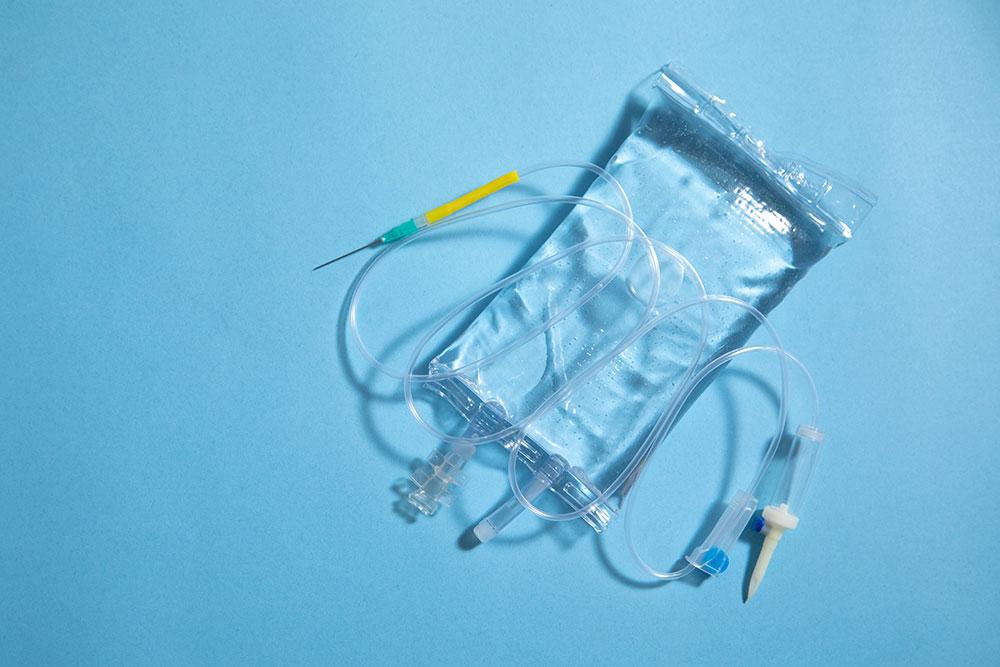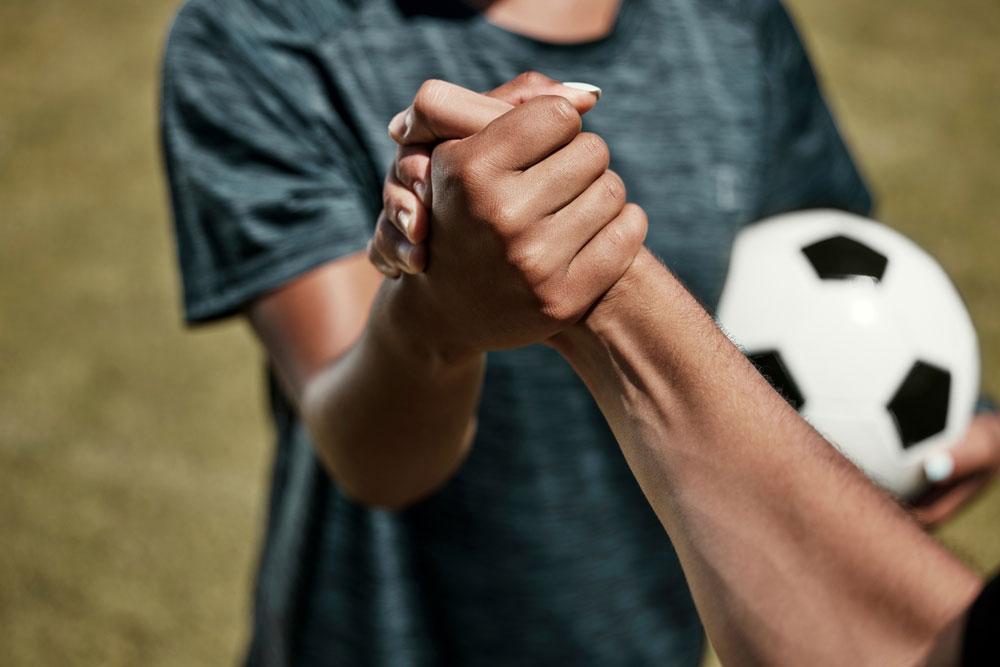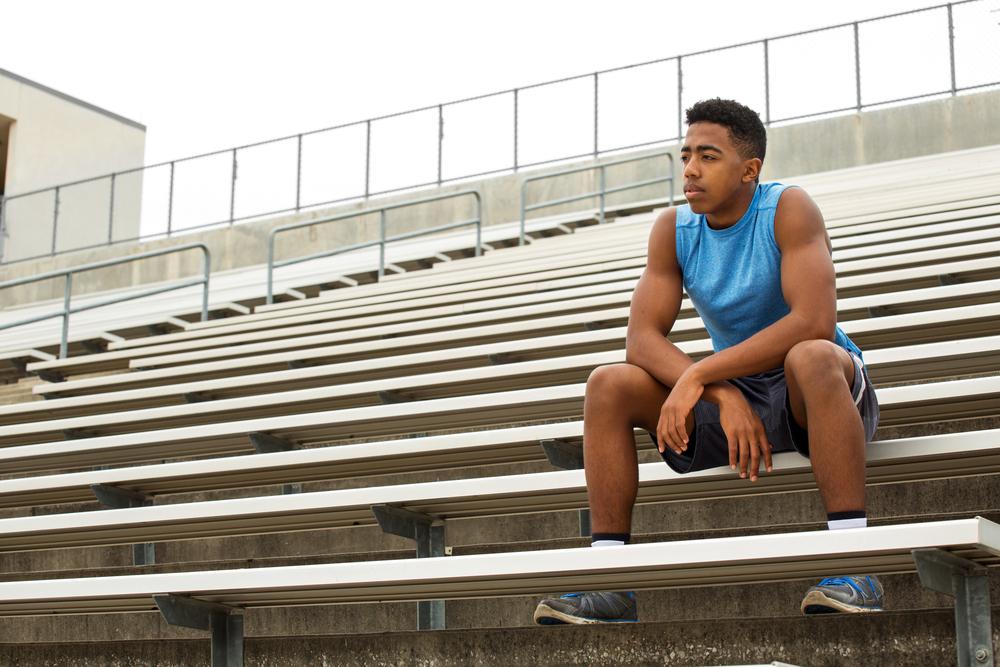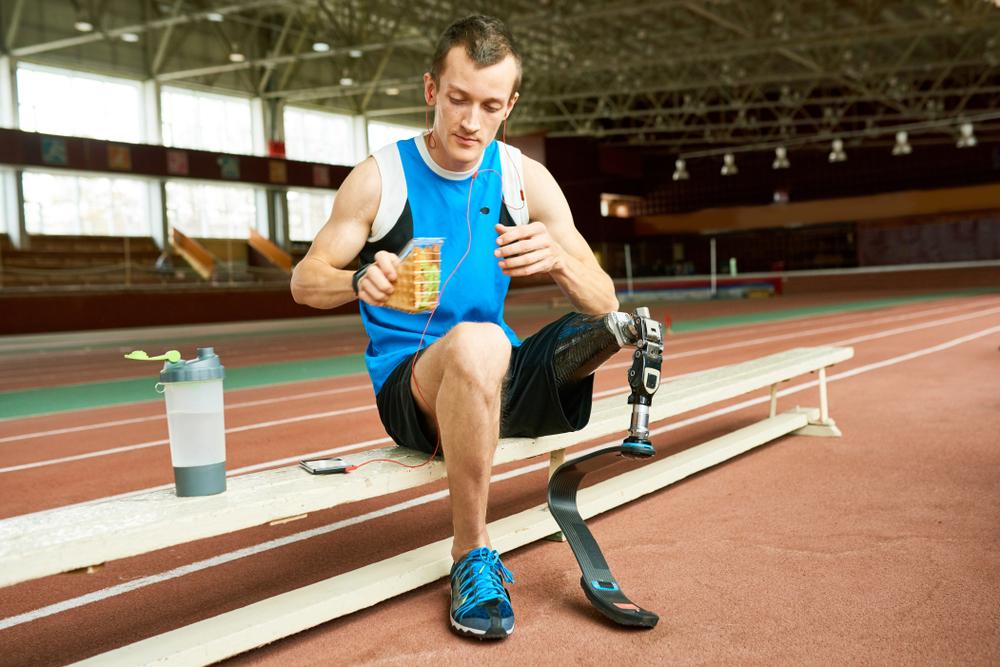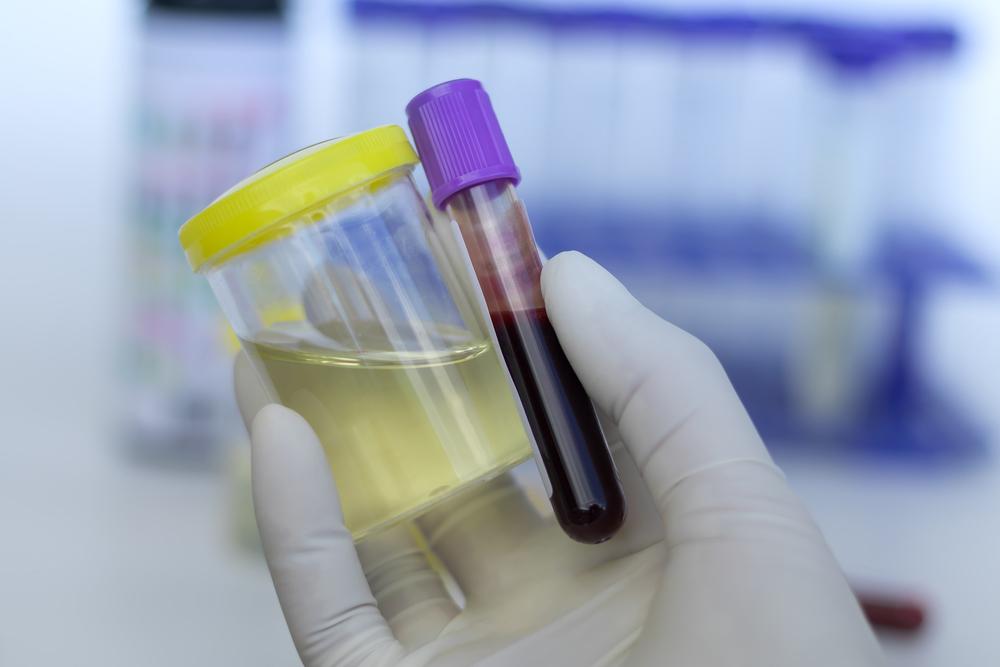 Anti-doping efforts, which include in and out-of-competition testing, are critical to the delivery of a level playing field for athletes at all ages and levels of competition, from the Olympics to junior championships. While an anti-doping program helps ensure that sport is fair and safe, the testing process can be daunting for many young athletes, as well as the parents who support them.
Anti-doping efforts, which include in and out-of-competition testing, are critical to the delivery of a level playing field for athletes at all ages and levels of competition, from the Olympics to junior championships. While an anti-doping program helps ensure that sport is fair and safe, the testing process can be daunting for many young athletes, as well as the parents who support them.
Here is what you need to know to help prepare yourself and your young athlete for testing:
When could my child be tested?
Not all junior athletes will be selected for anti-doping testing, but for the parents of highly competitive athletes, keep in mind that even young athletes may be subject to testing as they reach higher levels of competition.
If your child is a member of a National Governing Body (NGB), it’s important to remember that any member may be tested at any time and location, even if they are minors.
What substances will the sample be tested for? Where can that information be found?
Junior athletes who are tested will be subject to the World Anti-Doping Agency (WADA) Prohibited List, which outlines substances that are prohibited in-competition, at all times, and in specific sports. Some substances are also subject to specific limits, such as intravenous infusions and some asthma medications.
The Prohibited List doesn’t name every prohibited substance, but parents and their athletes can search medications and ingredients on GlobalDRO.com to easily determine the permitted or prohibited status of their medications and medication ingredients. Keep in mind that Global DRO doesn’t include information on supplements and that supplements can be very risky for athletes because they don’t undergo a pre-market evaluation process by the U.S. Food and Drug Administration (FDA) like medications do. As such, they may be contaminated with harmful and prohibited substances that don’t even show up on the label.
What organizations oversee testing?
There are various organizations that may be contracted to perform anti-doping testing. The U.S. Anti-Doping Agency (USADA), for example, is recognized by Congress and contracted by the United States Olympic Committee (USOC) to conduct testing for Olympic, Paralympic, Pan American, and Parapan American sport. However, other event organizers can also contract with other organizations to secure testing.
For NGBS and those who uphold the international standards outlined in the WADA Code, the Prohibited List, rules, and testing protocols would primarily be the same, regardless of the testing agency.
Who are the people doing the testing? Are they trained and credentialed?
At USADA, the people who actually conduct the testing are called Doping Control Officers (DCOs). DCOs who work for USADA complete rigorous training and a thorough certification process before entering the field. At bi-annual training sessions, they must also pass a recertification exam. All USADA DCOs are required to carry their USADA credential, which you can request to see before testing, and they are pictured online so you can identify them at any time. You can also call USADA at (719) 785-2000 with questions.
DCOs are responsible for overseeing the sample collection session to protect athletes’ rights and the integrity of the sample. During the session, the DCO notifies the athlete of selection, provides the sample collection equipment, observes the athlete as they provide a sample, and helps complete the packaging and paperwork.
Will my child be alone with the tester? Can a parent or a trusted adult accompany them?
Under WADA’s International Standard for Testing and Investigations, a trusted adult or approved representative must stay with the minor athlete at all times during the sample collection session, including in the bathroom, to observe the DCO and/or witnessing chaperone. More specifically, the approved athlete representative is required to position themselves so they only see the DCO, not the athlete, while the sample is being collected.
USADA strongly encourages parents to accompany minor athletes during the sample collection process.
Is the tester allowed to watch my child in the bathroom while they provide the sample?
Under WADA’s International Standard for Testing and Investigations, the DCO is required to watch the athlete as they provide the sample to ensure that the sample is authentic and has not been tampered with. While testing may seem awkward, especially for a young athlete new to the process, DCOs are trained to handle the situation clinically and professionally to help make athletes as comfortable as possible.
For more information on the urine collection process, visit USADA’s Sample Collection Process overview.
It’s also important to note that anti-doping programs may collect blood, which allows for additional analysis. More information about the blood collection process is available here.
Does my child have rights during this process?
Yes, athletes have a number of rights during the sample collection process, as listed below.
| Have a representative accompany the athlete throughout the doping control Have the testing procedures explained to the athlete, including how the sample collection equipment works | Request to view the DCO’s credentials |
| Have an interpreter present, if one is available | Choose a collection vessel and sample collection kit |
| Complete a training session or other activities while the DCO or notifying chaperone observes the athlete (out-of-competition) | Receive a copy of the sample collection documentation used to document the processing of the athlete’s sample |
| Have the testing procedures explained to the athlete, including how the sample collection equipment works | Provide feedback on the USADA Athlete Evaluation Form and/or a Supplementary Report Form |
| Request a delay in reporting to the doping control station for valid reasons (in-competition testing) | Request modifications if the athlete has a disability |
What responsibilities does my child have during anti-doping testing?
Just like they have rights, athletes also have responsibilities during the testing process, which include:
| Complying with the sample collection
procedure |
Reporting immediately to the doping
control station unless there are approved reasons for delay |
| Presenting government issued photo
identification at the time of notification (for minors without an ID, DCOs will take a picture on the iPad to accompany the documentation) |
Staying in direct observation of the DCO or notifying chaperone from the time of notification until the sample collection session is complete |
| Keeping the collection vessel in their possession and in view of the DCO at all times | Having control of the sample until it is sealed in the sample collection bottles (the DCO may assist upon request) |
| Ensuring the sample code number is correctly documented on the sample collection documentation | Ensuring all appropriate sample collection documentation is accurate, complete, and signed |
What happens to my child’s sample after the collection session is over?
After the sample collection session is completed, the sample is shipped to a WADA-accredited laboratory for analysis. None of the documentation sent to the laboratory includes the athlete’s name. It does include the following:
- Athlete gender
- The type of test (in-competition or out-of-competition)
- The athlete’s sport and discipline
- The type of the sample (urine, blood) and required laboratory information on the sample (volume, specific gravity, time sealed)
- The sample code number that matches the numbers on the sample collection kit
- Medications and supplements taken within the previous seven days
- The name of the testing authority, sample collection authority, and results management authority
What communication will we receive after the collection process?
Upon analysis, laboratory results reports are sent to USADA, who provides notification of the test result to the athlete, the athlete’s NGB, and the USOC. The athlete’s written notification will either be sent through email if preferred and an email address was provided, or by priority mail. The results letter is also available through the athlete’s online account. In general, athletes will receive their test results within six to eight weeks.
What happens if the sample tests positive for a prohibited substance?
If the sample tests positive for a prohibited substance(s), the WADA-accredited laboratory will report that finding to USADA, which will then communicate it to the athlete as notice of a potential rule violation. It is then the athlete’s responsibility to explain the source of the positive test. After an investigation into the details and circumstances of the case, USADA will propose a sanction agreement to resolve the case. The actual sanction varies depending on the facts of the case and can range from a public warning to a four-year period of ineligibility for a first offense from a positive test. If settlement is not an option, the athlete can request that the case go to arbitration, during which an independent arbitrator(s) will hear the arguments of both parties before reaching a decision about the case.
Upon acceptance of the sanction agreement or conclusion of arbitration, the decision will be announced publicly. For more information on the results management process, visit USADA’s Results Management overview.
Who can I contact with questions?
If you have questions about the sample collection process during the event, you can ask the lead DCO, the event director, or an NGB staff member. For other anti-doping questions, you can contact USADA at (719) 785-2000.
